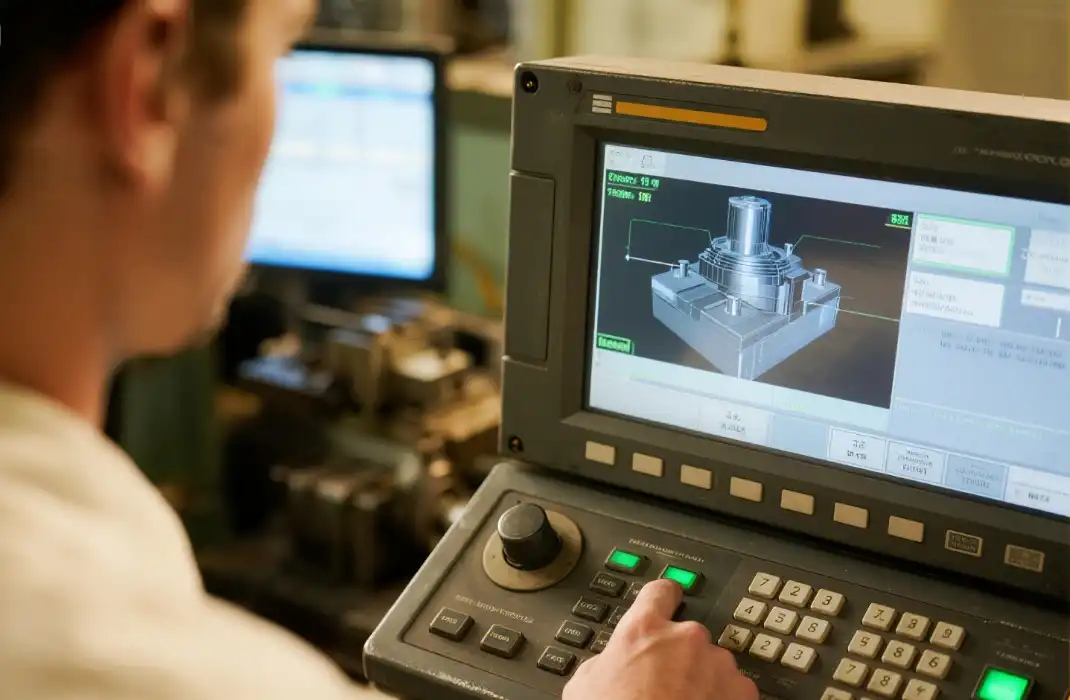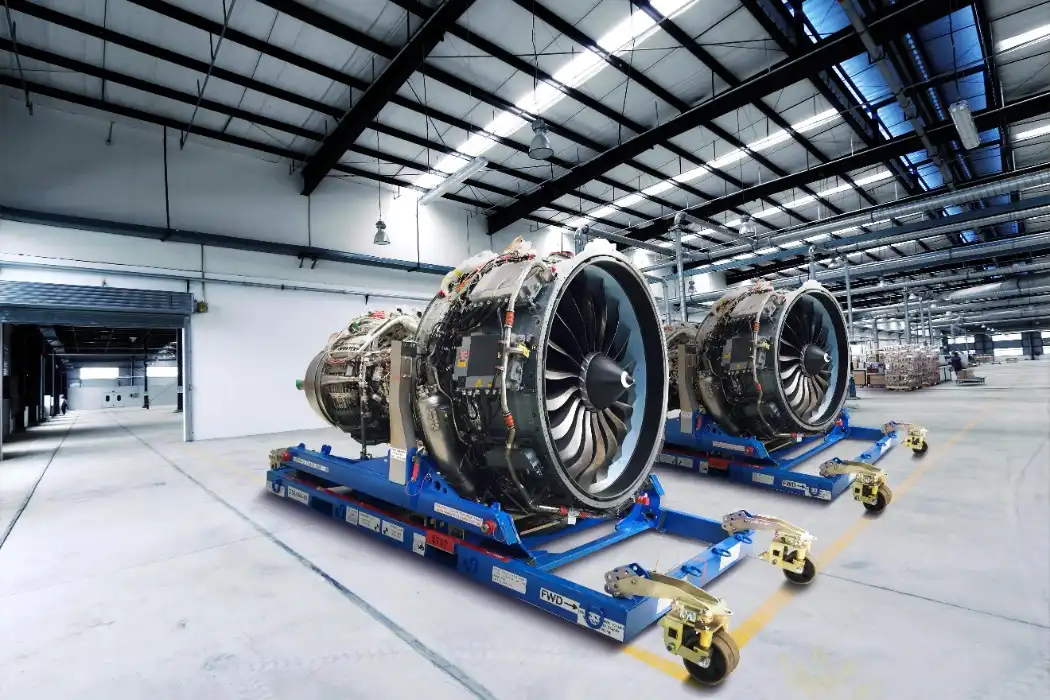CNC Prototyping vs. Traditional Methods: Which Is Better
When deciding between CNC prototyping and traditional methods, the better choice often depends on your project's specifics, but CNC frequently edges out for its precision and efficiency. CNC prototyping uses computer-controlled machines to craft parts from plastics or metals with remarkable accuracy, ideal for complex designs in low-volume runs. Traditional approaches, like manual milling or casting, rely on skilled labor and can be more time-consuming, though they suit simple, high-volume tasks. CNC shines in speed, repeatability, and minimal waste, supporting industries such as aerospace or medical devices. Traditional methods offer tactile control but may incur higher costs for iterations. For most modern needs, CNC prototyping provides superior flexibility and quality, especially when integrated with rapid tooling. Evaluate factors like budget, timeline, and complexity to pick the right fit.
Understanding CNC Prototyping Fundamentals
CNC prototyping revolutionizes how we create models and parts by automating the machining process. It involves programming machines to cut, shape, or drill materials precisely. This method fits well in prototype development, where accuracy matters. Teams appreciate its ability to handle intricate geometries without constant human intervention. As we dive deeper, you'll see why many opt for this over older techniques.
Core Principles and Technologies in CNC Prototyping
CNC prototyping operates on digital instructions that guide tools through exact movements, ensuring consistency across multiple pieces. Machines like mills or lathes interpret CAD files to produce components with tolerances as tight as microns. In plastic and metal work, this means flawless surfaces and intricate features without manual errors. Advanced software simulates outcomes beforehand, reducing trial runs. Integration with other processes, such as rapid injection molding, expands its utility for hybrid prototypes. Professionals value this for delivering reliable results in demanding fields like robotics, where precision dictates performance.

Advantages of CNC in Prototype Creation
Speed stands out in CNC prototyping, with setups that transition quickly between designs. It minimizes material waste through optimized paths, cutting costs in low-volume scenarios. Versatility allows handling diverse materials, from lightweight alloys to durable polymers, suiting aerospace needs. Repeatability ensures each prototype matches the last, vital for testing consistency in consumer electronics. Automation frees up skilled workers for oversight rather than repetitive tasks, boosting overall productivity. This edge makes CNC a go-to for iterative development, where quick changes lead to better final products.
Common Applications Across Industries
In automotive robotics, CNC prototyping crafts precise gears and frames that endure rigorous testing. Medical enclosures benefit from sterile, custom-fit parts produced swiftly. Aerospace relies on it for lightweight components that meet stringent safety norms. Consumer electronics use CNC for sleek casings with fine details. Agriculture employs it for robust tools resistant to environmental wear. These applications highlight CNC's role in solving unique challenges, from enclosures in defense to mock-ups in design phases, proving its broad adaptability.
Examining Traditional Prototyping Methods
Traditional prototyping methods have long served as the backbone of manufacturing, relying on hands-on techniques passed down through generations. They include processes like hand carving, molding, or forging, often demanding artisan skills. While they lack the automation of modern alternatives, they hold value in certain contexts. Exploring these helps clarify when they might still outperform newer options.

Overview of Conventional Techniques
Traditional methods encompass manual machining, where operators use lathes or drills guided by experience. Casting involves pouring molten materials into molds, solidifying into shapes. Forging hammers metals into form under heat and pressure. These approaches excel in creating organic, one-of-a-kind pieces without digital dependency. In metal pressing, force shapes sheets into desired contours. Professionals note their tactile feedback, allowing real-time adjustments that machines might overlook. Such techniques remain relevant for prototypes needing a craftsman's touch, especially in heritage industries.
Strengths and Limitations of Traditional Approaches
Strengths lie in their simplicity and low initial setup costs for basic projects in CNC prototyping. They allow intuitive modifications during creation, fostering creativity in design mock-ups. Limitations emerge in scalability; producing multiples takes longer and varies in quality due to human factors. Precision suffers without computerized controls, leading to inconsistencies in tight-tolerance work like die casting simulations. Material waste can accumulate from trial-and-error adjustments. In fast-paced environments, these drawbacks push many toward automated solutions, though traditions persist where customization trumps speed.
Scenarios Where Traditional Methods Excel
Artisanal projects benefit from traditional methods, where unique textures or finishes enhance appeal in consumer goods. High-volume casting thrives here, efficiently producing uniform items like agricultural tools. When digital infrastructure is absent, these techniques provide reliable fallbacks. In education or small workshops, they teach foundational skills without expensive equipment. For materials sensitive to machine heat, manual handling preserves integrity. Defense sectors sometimes prefer them for classified prototypes requiring utmost secrecy, avoiding digital trails. This niche excellence keeps traditional methods viable amid technological shifts.

Direct Comparison: CNC vs. Traditional Prototyping
Putting CNC prototyping side by side with traditional methods reveals stark contrasts in efficiency and output. This comparison sheds light on practical differences, helping you decide based on real-world factors. We'll break down key areas to show where each shines or falls short.
Cost Efficiency and Scalability Analysis
CNC prototyping often lowers long-term costs through automation, reducing labor expenses in low-volume production. Initial investments in machines pay off with scalable operations that handle varying batch sizes effortlessly. Traditional methods may start cheaper for singular items but escalate in cost with repetition due to manual effort. Scalability favors CNC for growing demands, as it ramps up without proportional increases in time or resources. In compression molding, CNC integrates seamlessly for efficient runs, while traditions struggle with volume spikes. This makes CNC preferable for dynamic markets requiring adaptability.
Precision, Speed, and Quality Metrics
Precision in CNC reaches levels unattainable by hand, with software ensuring exact replications every time. Speed accelerates prototype turnaround, crucial for industries like electronics facing tight deadlines. Quality benefits from consistent processes, minimizing defects in vacuum casting applications. Traditional methods offer quality through expertise but vary with operator fatigue or skill levels. Speed lags in complex tasks, though simple ones complete swiftly. Metrics show CNC outperforming in tolerances and finish, vital for medical devices where accuracy saves lives. This superiority drives its adoption in precision-dependent fields.
Factors Influencing the Choice Between Methods
Project complexity guides selection; intricate designs lean toward CNC for its programming prowess. Budget constraints might favor traditional for low-tech needs. Timeline pressures push CNC's rapid capabilities to the forefront. Material types influence too—delicate ones suit manual care, while robust ones thrive under machine control. Industry regulations, like those in aerospace, demand CNC's traceability. Team expertise plays a role; seasoned artisans excel traditionally, whereas tech-savvy groups harness CNC fully. Weighing these ensures the method aligns with goals, optimizing outcomes in prototype development.
Conclusion
CNC prototyping generally outperforms traditional methods in precision, speed, and scalability for most modern projects. It suits complex, low-volume needs across industries, while traditions hold ground in artisanal or simple tasks. Choose based on your specific requirements to maximize efficiency. Embracing CNC can elevate your development process, reducing errors and accelerating innovation. For tailored advice, consult experts who blend both worlds effectively.
FAQs
What is CNC prototyping?
It's a method using computer-controlled machines to create precise prototypes from materials like plastics and metals, ideal for low-volume production.
How does it compare to traditional methods?
CNC offers better accuracy and speed, while traditional techniques provide hands-on customization but can be slower and less consistent.
When should I choose CNC?
Opt for it in complex projects needing quick iterations, such as in automotive robotics or aerospace.
What about costs?
CNC reduces long-term expenses through efficiency, though initial setup might be higher than manual approaches.
Can traditional methods still be useful?
Yes, for unique, small-scale work or when digital tools aren't available.
How does CNC integrate with other processes?
It pairs well with rapid tooling, die casting, and 3D printing for comprehensive solutions.
Deciding on CNC Prototyping vs. Traditional Methods: Your Best Choice | BOEN
At BOEN, we stand as a leading CNC prototyping supplier, factory, and manufacturer, excelling in plastic and metal solutions for global clients. Our capabilities in CNC machining, rapid injection molding, and low-volume production support industries from defense to agriculture with precision and speed. We guarantee quality, fast turnarounds, and innovative fixes for tough designs. Choose us to outpace traditional methods and advance your projects. Reach out at contact@boenrapid.com today.
References
"CNC Machining Handbook: Building, Programming, and Implementation" by Alan Overby.
"Machining Fundamentals" by John R. Walker and Bob Dixon.
"Rapid Prototyping: Principles and Applications" by Chua Chee Kai, Leong Kah Fai, and Lim Chu-Sing.
"Traditional Machining Processes: Research Advances" by J. Paulo Davim.
"Computer Numerical Control: Operation and Programming" by Jon Stenerson and Kelly Curran.
"Manufacturing Processes for Engineering Materials" by Serope Kalpakjian and Steven Schmid.

How Can We Help?

Your Trusted Partner in Rapid Manufacturing.



